White Paper for Safeguarding Cultural Heritage In A Changing Climate: A Perspective From The Green Cluster On Cultural Heritage
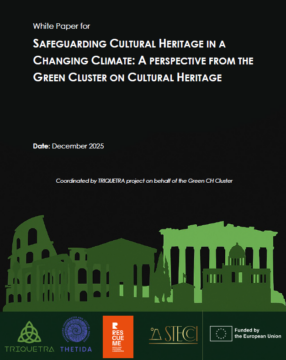 New Publication within the Thetida project: Green Cluster White Paper – “Safeguarding Cultural Heritage in a Changing Climate: A Perspective From the Green Cluster on Cultural Heritage”
New Publication within the Thetida project: Green Cluster White Paper – “Safeguarding Cultural Heritage in a Changing Climate: A Perspective From the Green Cluster on Cultural Heritage”
Eurisy, within the THETIDA project, contributed to the Green Cluster White Paper on Cultural Heritage, Climate Adaptation, and Disaster Resilience, developed in collaboration with the Horizon Europe projects TRIQUETRA, RescueME, and STECCI Horizon Europe Project.
The White Paper examines how climate change, natural hazards, and human pressures are affecting cultural heritage across Europe, and presents practical insights and recommendations to support more effective protection and management approaches.
Key topics include:
🔹 Use of advanced technologies for risk assessment and monitoring
🔹 Societal engagement through Living Labs and co-creation
🔹 Sustainability of project outcomes beyond EU funding
🔹 Improved policy alignment and coordination

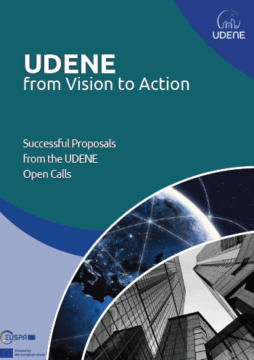
 Eurisy 2024–2025 Annual Activity Report showcases the milestones, initiatives, and collaborative efforts that have shaped our journey over the past year. From groundbreaking projects and strategic partnerships to impactful communication campaigns and social media insights, the report reflects the commitment and energy of our Members and Team. We invite you to dive into the report and celebrate the achievements we’ve made together.
Eurisy 2024–2025 Annual Activity Report showcases the milestones, initiatives, and collaborative efforts that have shaped our journey over the past year. From groundbreaking projects and strategic partnerships to impactful communication campaigns and social media insights, the report reflects the commitment and energy of our Members and Team. We invite you to dive into the report and celebrate the achievements we’ve made together.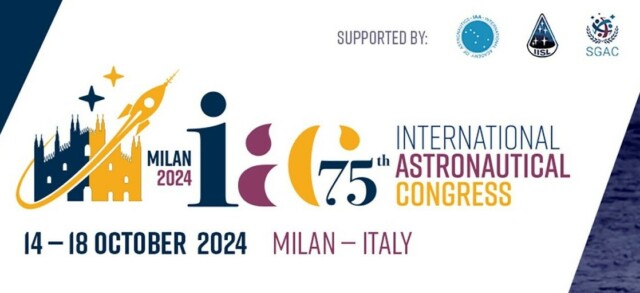
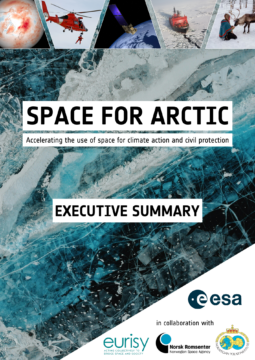
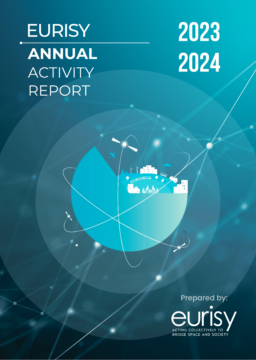 The Annual Activity Report for the year 2023-2024 gives an overview of our key achievements, initiatives, and the collaborative efforts that have driven our mission forward over the past year. From innovative projects to impactful partnerships, communication strategies and social media analysis, it encapsulates the dedication and hard work of our Members and Team. We invite you to explore the report and join us in celebrating the progress we’ve made together.
The Annual Activity Report for the year 2023-2024 gives an overview of our key achievements, initiatives, and the collaborative efforts that have driven our mission forward over the past year. From innovative projects to impactful partnerships, communication strategies and social media analysis, it encapsulates the dedication and hard work of our Members and Team. We invite you to explore the report and join us in celebrating the progress we’ve made together.